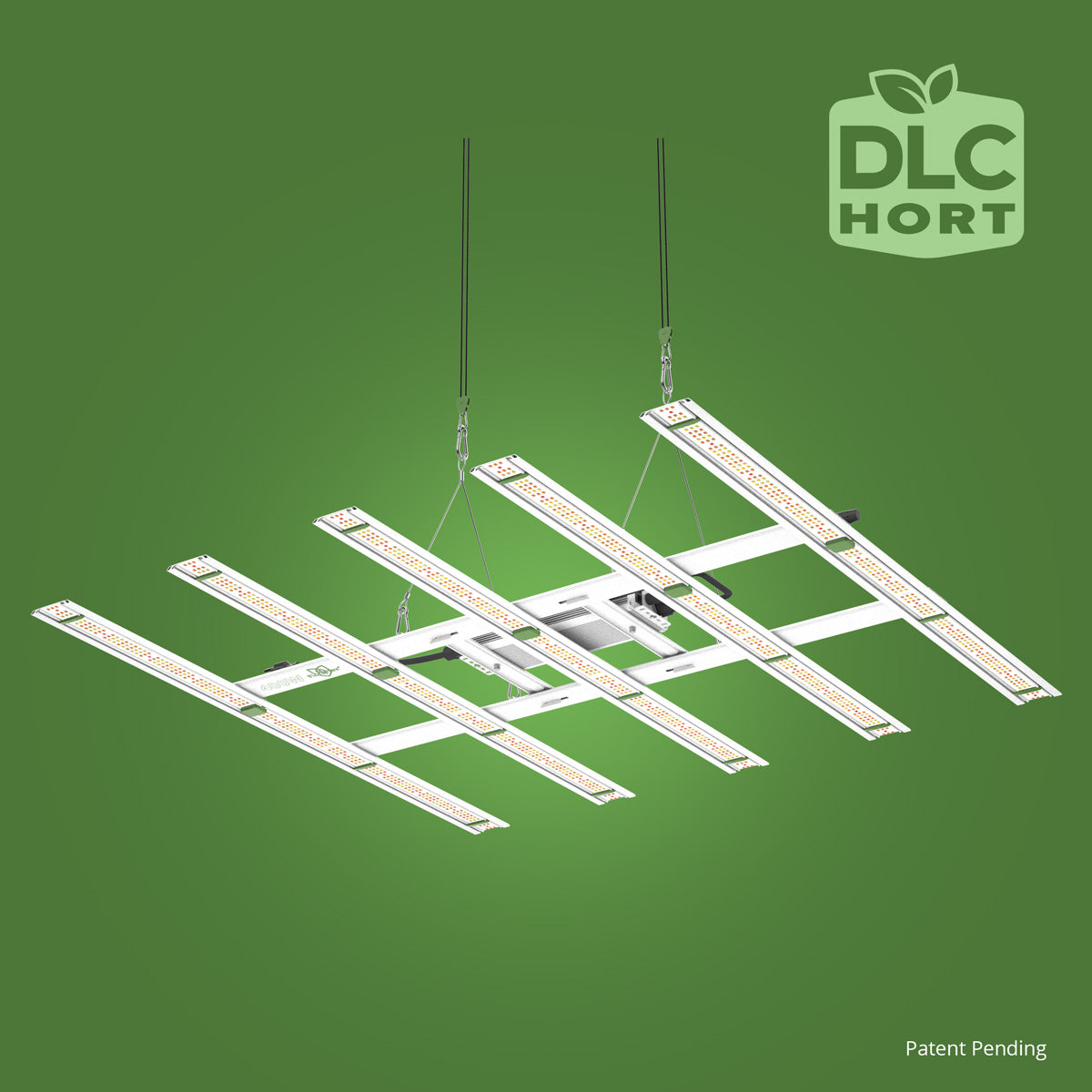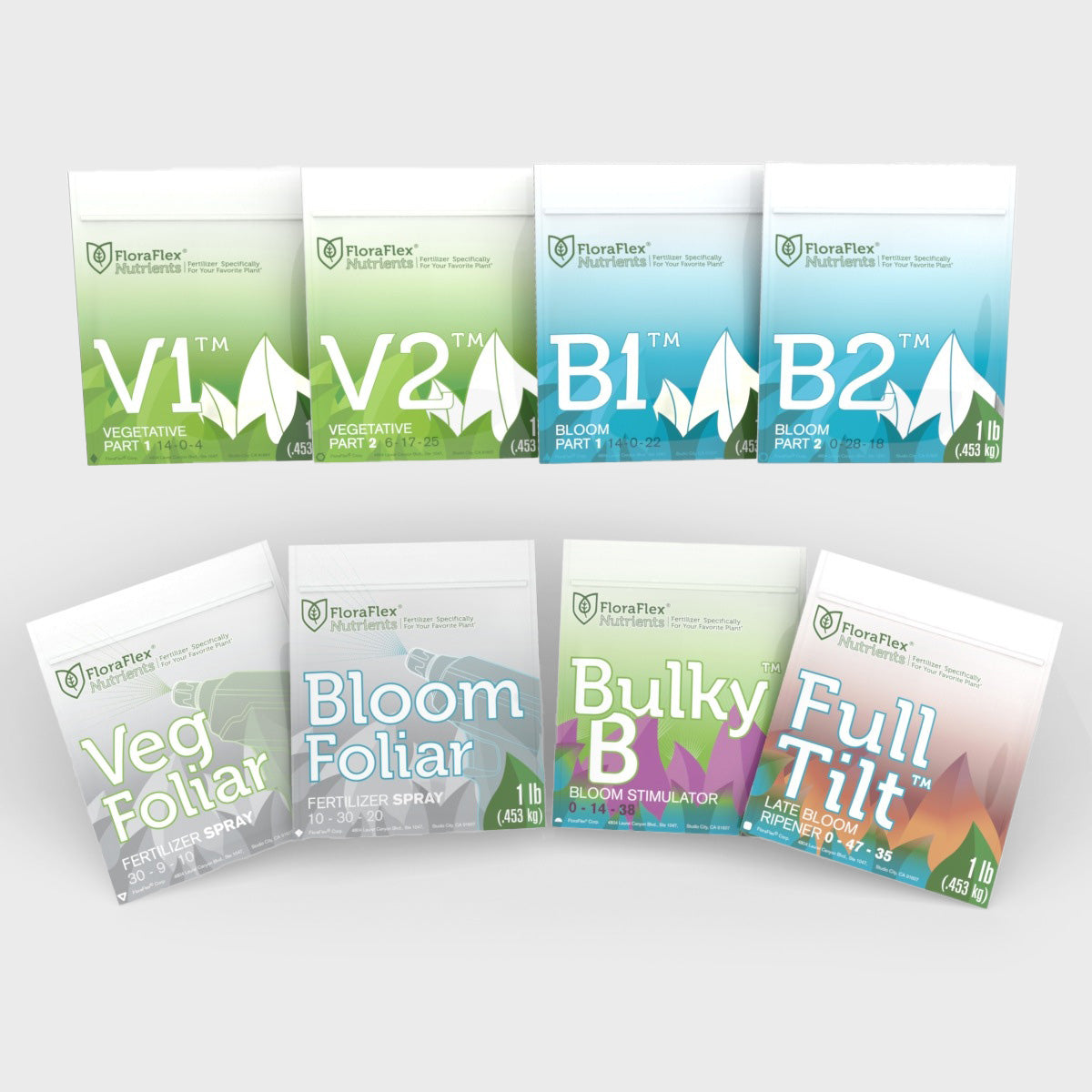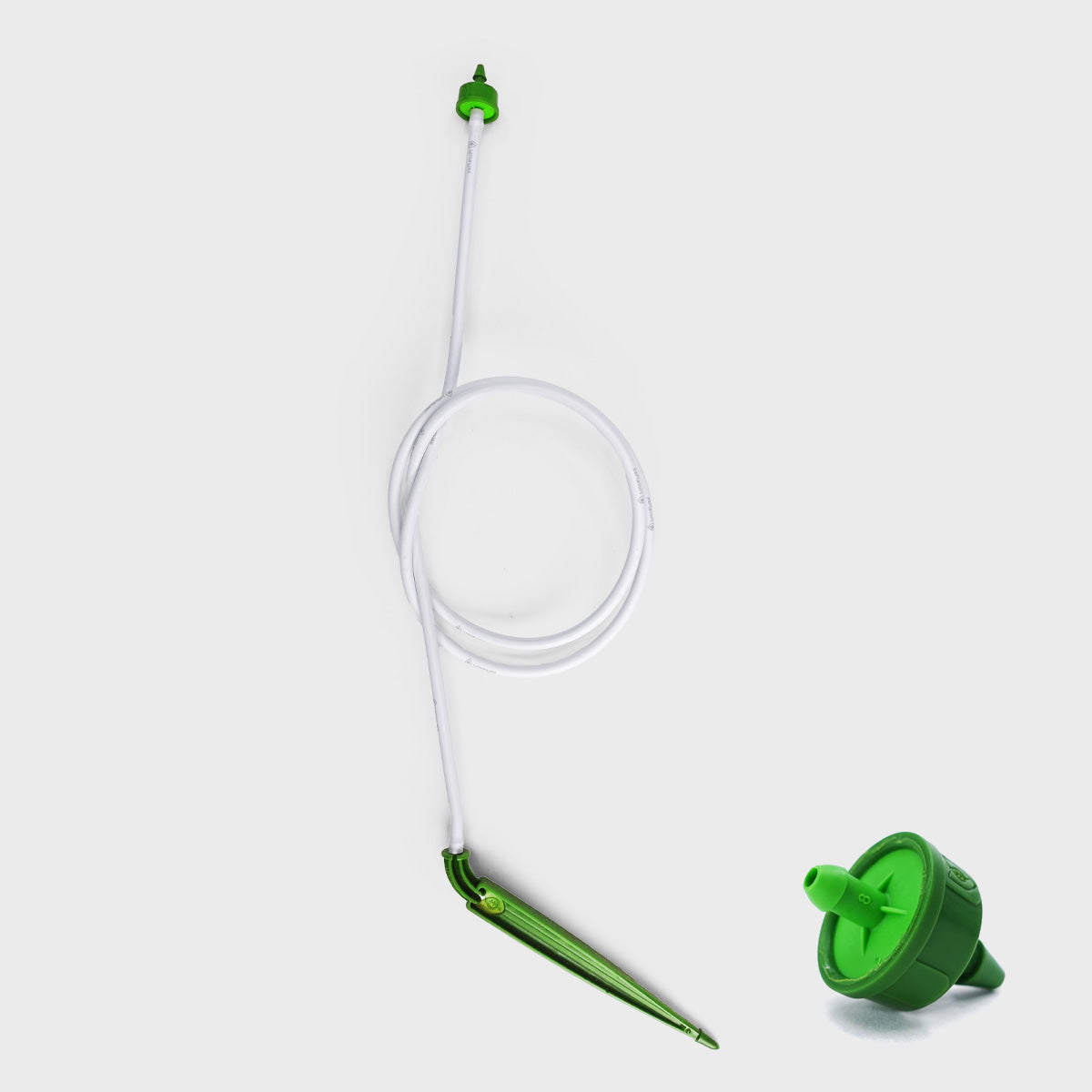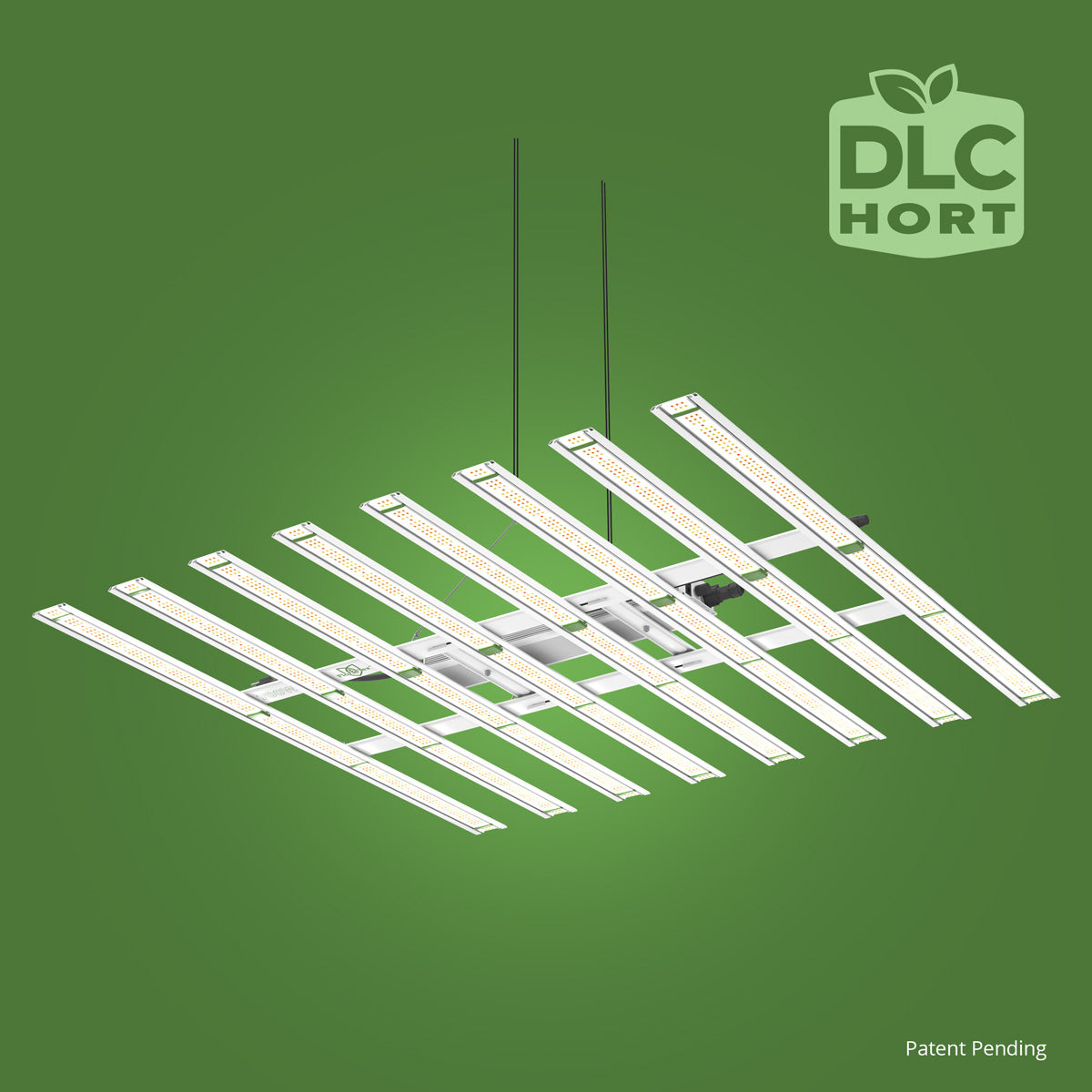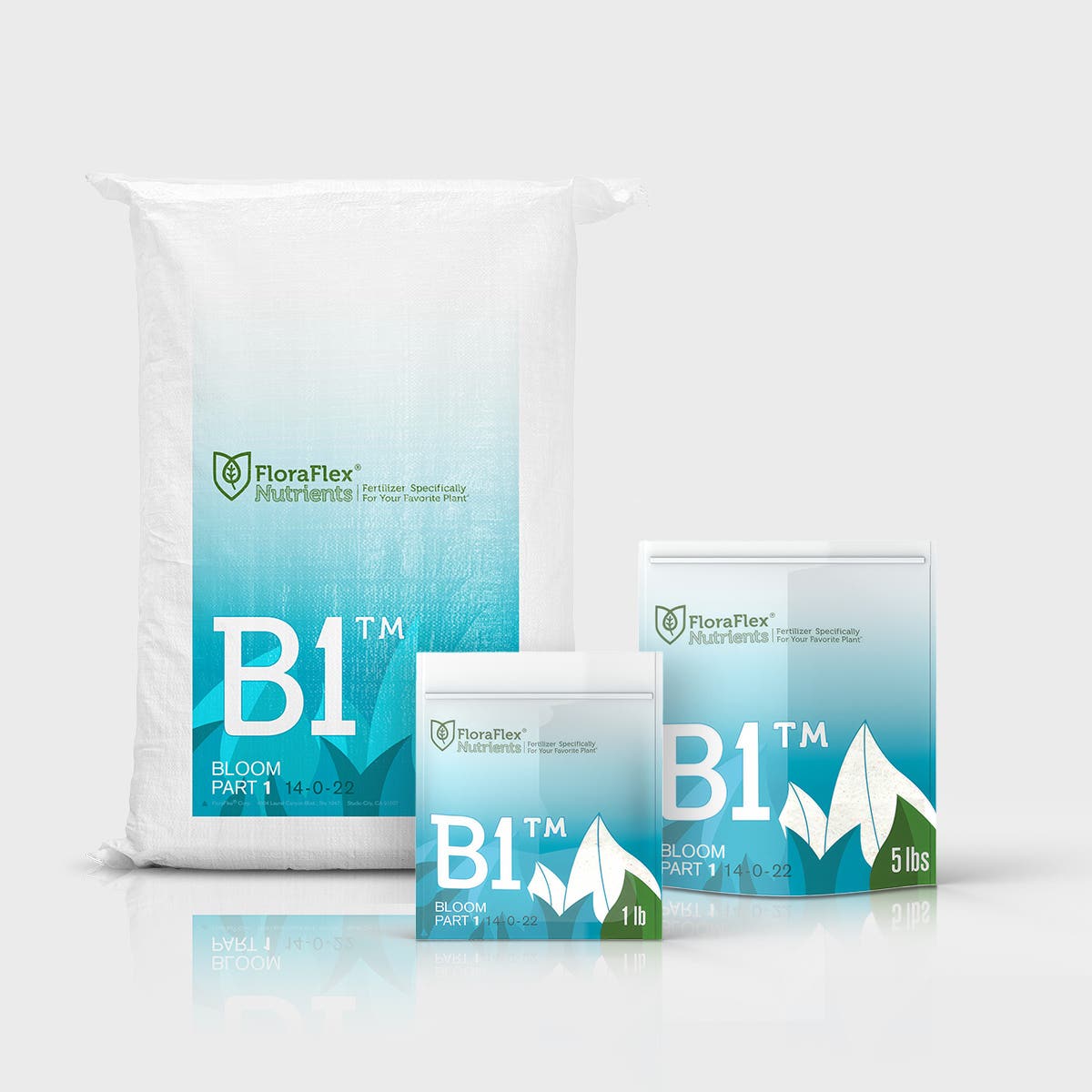Are you ready to venture into the world of organic gardening but unsure where to start? Growing organic vegetables at home is a rewarding experience that not only yields delicious and healthy produce but also connects you to the earth in a meaningful way. In this guide, we're going to walk you through the steps to cultivate your own organic vegetables from the comfort of your home.
Getting Started
Before you dig into the soil, it's important to gather the right tools and understand what organic gardening entails. Here, we've laid out a comprehensive plan to set you on the right path.
Step 1: Choose Your Vegetables
Decide which vegetables you want to grow. Beginners might consider easy-to-grow vegetables such as lettuce, tomatoes, carrots, or spinach. Make sure to choose vegetables that are suitable for your climate and season.
Step 2: Select the Right Location
Vegetables need plenty of sunlight to thrive. Find a spot in your garden that gets at least 6-8 hours of sun per day. If you have limited outdoor space, consider using pots or containers on a balcony or patio.
Step 3: Prepare Your Soil
Healthy soil is the foundation of an organic garden. Use organic compost to enrich your soil. Compost not only adds nutrients but also improves soil structure and drainage. Be sure to test your soil's pH and adjust it according to your vegetables' specific needs.
Step 4: Planting Your Seeds
Once your soil is ready, it's time to plant your seeds. Follow instructions on the seed packet for planting depth and spacing. Water the seeds gently using a 1.5L Pump Sprayer to ensure they're not disturbed by heavy watering.
Step 5: Water Consistently
Consistent watering is crucial for the growth of your vegetables. Use your pump sprayer to water the plants at the base rather than the leaves to prevent diseases. As a general rule, most vegetables need about an inch of water per week.
Step 6: Control Pests Organically
Pest control is vital in maintaining a healthy organic garden. Embrace beneficial insects such as ladybugs and lacewings, which can help control pest populations naturally. You can also use homemade organic sprays to repel unwanted insects.
Step 7: Harvesting
Finally, the most rewarding part of gardening—harvesting your vegetables. Each vegetable has its own signs of ripeness, so pay attention to those and enjoy the fruits of your labor.
Final Thoughts
Organic gardening is not just a hobby but a way of life that contributes to a healthier planet and a healthier you. By following these steps, you'll be well on your way to growing fresh, organic vegetables right at home.
For more gardening tips and quality products, visit FloraFlex.
Happy gardening!


